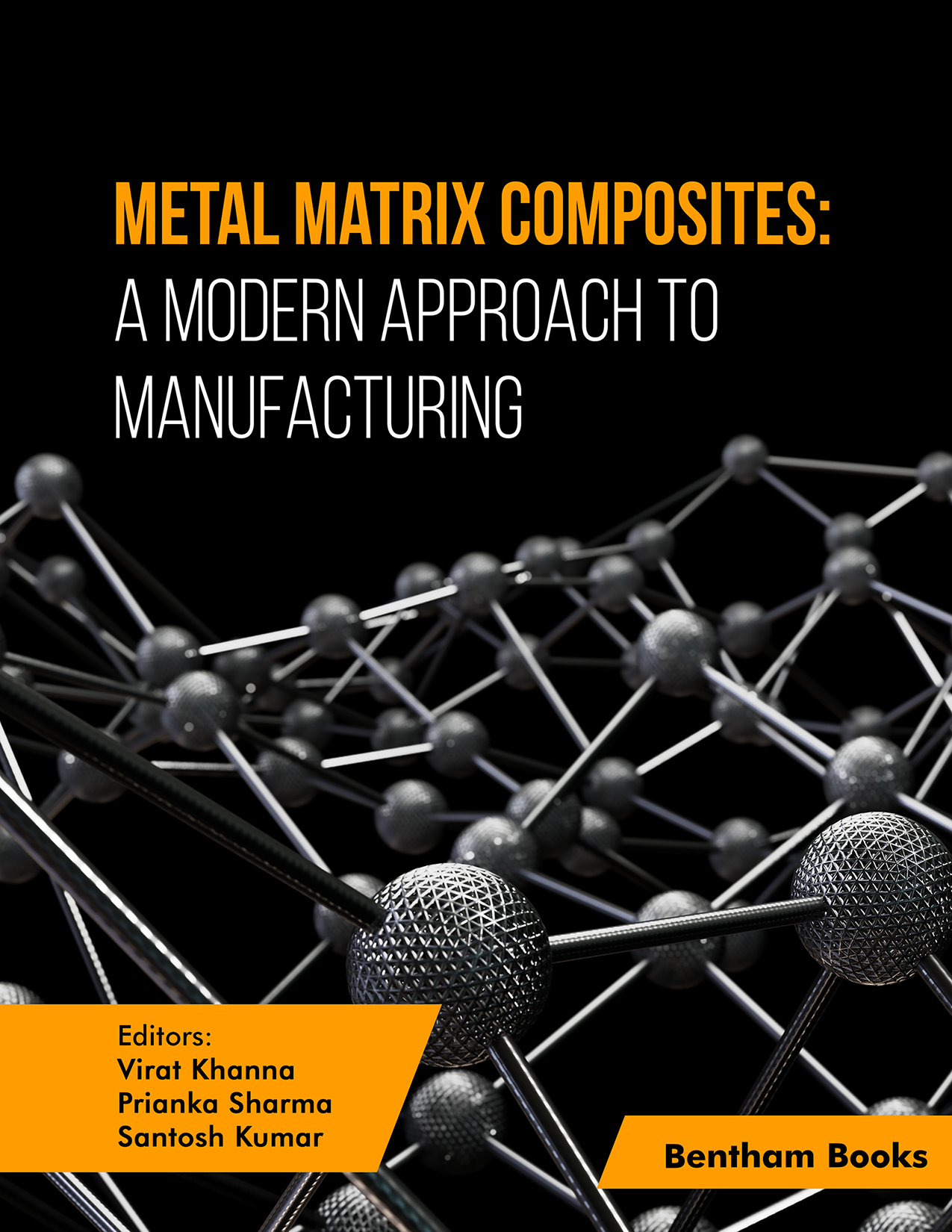Metal matrix composites (MMCs) are a class of advanced materials that have gained significant attention in recent years due to their unique properties and superior performance characteristics. They are composed of a metal matrix, typically aluminium, titanium, or magnesium, reinforced with a high-strength ceramic or metallic material such as silicon carbide, carbon fibers, or aluminium oxide. This combination results in a material that exhibits exceptional mechanical properties, including high strength, stiffness, and wear resistance, making them suitable for a wide range of applications in modern industry.
The relevance of metal matrix composites to modern industry can be traced back to their ability to provide high-performance solutions to some of the most challenging problems faced by engineers and designers. In aerospace, MMCs are used for structural components in aircraft engines, landing gear, and airframe structures, as well as space applications such as rocket nozzles and thermal protection systems. These components need to withstand extreme conditions, such as high temperatures, pressure, and high-impact loads, making MMCs an ideal choice. In the automotive industry, MMCs are used in brake rotors, engine components, and suspension systems, where high wear resistance, low friction, and improved fuel efficiency are key requirements. MMCs have been shown to offer significant weight savings and improved performance over traditional materials, such as cast iron or steel, which can improve fuel efficiency and reduce greenhouse gas emissions. MMCs’ unique properties have also found applications in the electronics and microelectronics industry, where they are used in heat sinks, packaging materials, and electronic substrates. These components need to dissipate heat efficiently and reliably, and MMCs have been shown to exhibit superior thermal conductivity and excellent dimensional stability under high temperatures, making them ideal for these applications. In addition, MMCs have shown potential in the defence and military industry for their superior properties. They are used in ballistic armour and vehicle protection systems, where they provide excellent protection against high-velocity projectiles, mines, and improvised explosive devices. MMCs have also been used in cutting tools and moulds, where they provide high-wear resistance and dimensional stability. The development of MMCs has been facilitated by advancements in materials science and manufacturing technologies. Advanced fabrication techniques, such as powder metallurgy, casting, and additive manufacturing, have enabled the production of complex shapes and sizes, as well as the incorporation of multiple reinforcement materials, allowing for tailored properties and performance characteristics.
In short, the use of metal matrix composites in modern industry has been instrumental in the development of high-performance materials and products that meet the demanding requirements of various applications. The unique properties of MMCs, such as high strength, stiffness, and wear resistance, combined with advancements in manufacturing technologies, have enabled their use in critical applications, such as aerospace, automotive, electronics, and defense. As technology continues to evolve, it is expected that MMCs will play an increasingly important role in the development of innovative products and solutions in various industries.
The motivation to prepare an edited book on this topic was to provide a comprehensive resource for students and professionals in the field of materials science and engineering. The book covers a broad range of topics related to metal matrix composite manufacturing, including the various fabrication methods, characterization techniques, and applications. The intended audience for this book includes students and professionals in the field of materials science and engineering, as well as researchers and engineers working in the field of metal matrix composite manufacturing. The book provides a comprehensive resource for those seeking to gain an in-depth understanding of metal matrix composite manufacturing, including the fundamental principles, latest developments, and future trends in the field.
In conclusion, this book provides a comprehensive overview of metal matrix composite manufacturing, covering the fundamental principles, latest developments, and future trends in the field. It is designed to be an essential resource for students and professionals in the field of materials science and engineering, as well as researchers and engineers working in the field of metal matrix composite manufacturing. We hope that this book will be a valuable resource for those seeking to gain an in-depth understanding of metal matrix composites with its relevance to the modern industry
Virat Khanna
Maharaja Agrasen University
Himachal Pradesh, India
Prianka Sharma
Maharaja Agrasen University
Himachal Pradesh, India
&
Santosh Kumar
Chandigarh Group of Colleges
Punjab, India

